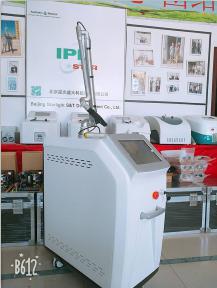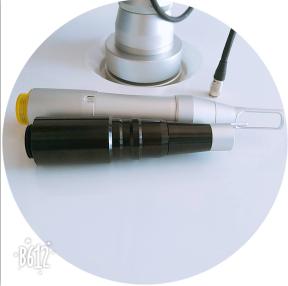09月09 What is a picosecond?
A picosecond is a trillionth of a second. I find that number very hard to fathom, so the following table perhaps gives you a better appreciation of what that means. The table is based on the speed of light, the fastest thing in the world. Light travels 186,282 miles per second. In one second, light will travel seven and half (7.5) times around the earth. Light will travel from the earth to the moon in 1.3 seconds.
So let’s see how far light travels in various time intervals.
| Unit | Interval | Distance | How far light travels in interval |
| Second | 186,282 miles | 7.5 times around the earth | |
| Millisecond | Thousandth | 186 miles | Straight distance between San Antonio and Houston |
| Microsecond | Millionth | 984 feet | Just over 3 football fields |
| Nanosecond | Billionth | 11.8 inches | Almost a foot |
| Picosecond | Trillionth | .011 inch | Tip of an extra fine point pen |
As you can see from the table, a picosecond is so short that light, the fastest thing in the universe, only travels the distance of the tip of a extra fine point pen. A picosecond is an unbelievable short period of time.
We’ve all had this happen. We accidentally knock something over. Often it falls before we can react but occasionally we react so quickly that we grab it before it falls. When you think of all the steps that have to happen for your brain to process what is going on and then to move your muscles to react, we can see that our bodies react very quickly. Chemical reactions in our bodies are very quick, in the millisecond and even microsecond range.
When the pulse width is long enough (distance from first photon to last photon), the energy is absorbed slow enough to heat the target and we use this heat to destroy cells, such as hair follicles, or remodel collagen. In almost all cases, the laser is used to create heat. It is this heat that creates wounds and that causes the pain with treatments.
The Picosecond is different. The pulse width is so short that all the photons in the beam hit the target at almost the exact same time. Not quite, but so close that for all practical purposes the photons in the beam all arrive together. The photons arrive so fast that rather than a heating effect it creates a shockwave in the target. We can create this shockwave without having to use as much power, which reduces discomfort and any reactions (downtime).
When the target is a tattoo particle, it breaks up the tattoo ink into smaller particles allowing the body to remove the ink. The shock wave created by the PicoSecond is so efficient that it can remove a tattoo in 3 to 4 treatments when conventional lasers need 12 to 15 treatments, or even more.
But it turns out that there is something even more revolutionary about the PicoSecond.







No Comments